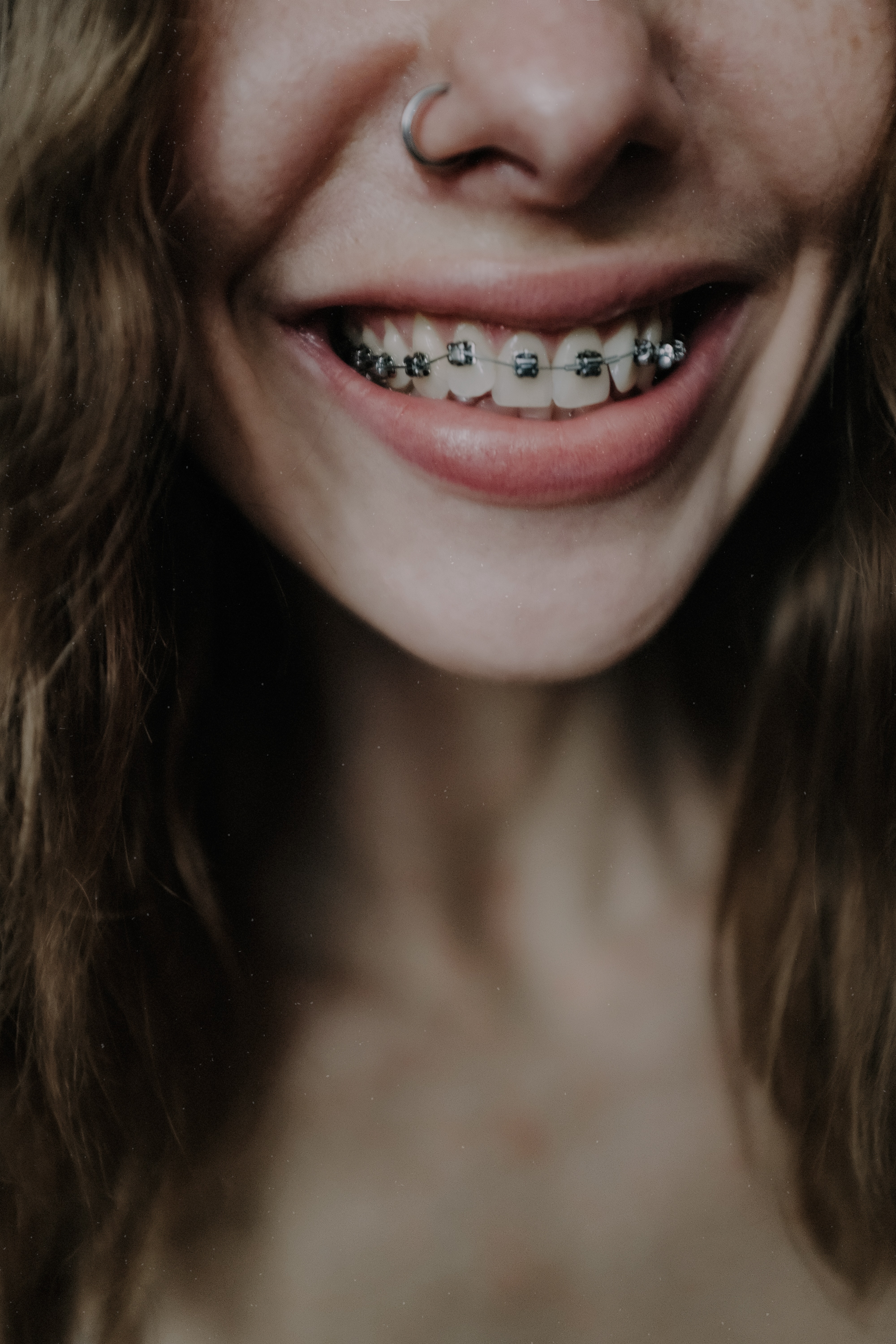Picture this: you’ve just completed your orthodontic journey. Your teeth are straight, your smile is dazzling, and you’re ready to show it off to the world. But then comes the question—what about that retainer? Many people in San Jose, CA, find themselves asking if wearing a retainer is really necessary after braces. It’s easy to think that all the hard work is done once those brackets come off. However, neglecting your retainer can lead to some surprising consequences for your beautiful new smile. Let’s dive into what happens when you stop wearing your retainer and why it's crucial for maintaining those results you've worked so hard for!
The Importance of Wearing a Retainer
Wearing a retainer after braces is essential for keeping your teeth in their new positions. Once the braces are removed, your teeth may still have a tendency to shift. A retainer helps prevent that movement.
Retainers act like support beams, ensuring everything stays where it should. They maintain the alignment achieved during orthodontic treatment and help solidify those changes over time.
In addition to preserving aesthetics, retainers contribute to long-term dental health. Misaligned teeth can lead to various issues down the road—like bite problems or increased wear on enamel—which can be avoided with consistent retainer use.
For many people in San Jose, CA, wearing a retainer becomes part of their daily routine. It’s an investment not just in appearance but also in overall oral wellness. The goal is simple: keep that gorgeous smile intact for years to come!
What Happens When You Stop Wearing Your Retainer?
When you stop wearing your retainer, the consequences can be immediate and unsettling. Your teeth might begin to shift back toward their original positions, a process known as relapse.
Even after months or years of orthodontic treatment, the bone and tissue around your teeth remain malleable. Neglecting your retainer allows this soft tissue to settle into new patterns that can alter the alignment.
You may notice subtle changes at first—small gaps may return between teeth, or slight crowding could reappear. Over time, these shifts become more pronounced and harder to address without additional dental work.
Your smile is an investment. Letting go of your retainer means risking all that hard-earned progress for something easily preventable. It’s essential to keep up with post-treatment routines for lasting results in San Jose, CA. Contact us to learn more.
Potential Changes in Teeth Alignment
When you stop wearing your retainer, the initial changes may seem subtle. However, over time, your teeth will begin to shift back toward their original positions. This movement can occur quite rapidly.
Teeth are not as stable as one might think. After orthodontic treatment, they require constant guidance to maintain alignment. Without a retainer's support, even slight pressure from surrounding teeth can cause misalignment.
You might notice gaps forming or overlapping in areas that were once perfectly straightened. These changes can impact both aesthetics and function.
If you've worn braces for years only to neglect your retainer now, it’s essential to recognize the potential risks ahead of you. Each day without consistent use increases the likelihood of noticeable shifts in your smile.
Dental Health Implications
Neglecting to wear your retainer can lead to more than just shifting teeth. It may create gaps between your teeth, making it easier for food particles to get trapped. This accumulation can foster bacteria growth.
Increased plaque buildup is another concern. Without the guidance of a retainer, teeth might drift back into their original positions, leading to misalignment and uneven surfaces that are harder to clean effectively.
As alignment worsens, you could experience issues like tooth decay or gum disease. These conditions often require professional dental intervention, which can be costly and time-consuming.
Moreover, improper alignment may cause bite problems. A misaligned bite affects chewing efficiency and places extra stress on certain teeth and jaw joints.
These dental health implications highlight why consistent retainer use is essential for maintaining not just aesthetics but overall oral well-being.
Tips for Maintaining Results After Braces
Maintaining your smile after braces is crucial.
- Start by wearing your retainer as prescribed. This helps keep your teeth in their new positions.
- Next, establish a consistent dental hygiene routine. Brush twice daily and floss regularly to prevent plaque buildup around those newly aligned teeth.
- Consider scheduling regular check-ups with your orthodontist. They can monitor any minor shifts and address them early on.
- Limit sugary snacks and drinks, which can lead to cavities or gum issues. Opt for healthier alternatives that are less likely to harm your smile.
- Keep an eye on habits like grinding or clenching your teeth, especially at night. A mouthguard might be beneficial if this is a concern for you.
- Stay educated about oral care practices tailored specifically for retaining results post-braces. Knowledge empowers you to maintain that beautiful smile longer!
Conclusion
Retainers play a crucial role in maintaining the alignment of your teeth after braces. They are designed to keep everything in place while your mouth adjusts to its new configuration. Wearing them consistently ensures that you don’t undo all the hard work put into straightening your smile.
When people stop wearing their retainers, they may notice changes in their teeth alignment fairly quickly. Teeth can shift back towards their original positions, leading to gaps or crowding over time. This movement can happen within weeks, causing frustration and requiring additional orthodontic treatment down the line.
The implications go beyond just aesthetics. Misaligned teeth can affect oral health significantly. Shifting teeth may lead to bite issues or increased wear on certain areas due to uneven pressure when chewing. In some cases, this misalignment could even lead to jaw pain or discomfort.
For those looking for ways to maintain results after braces, consistency is key. Always follow your orthodontist's instructions regarding retainer use, and try setting reminders so you don't forget! Regular dental check-ups will also help catch any minor shifts before they become significant problems.
Understanding what happens if you stop wearing your retainer encourages better habits for long-term dental health and keeps smiles looking great well into adulthood.
To learn more, contact Rafati Orthodontics. a trusted orthodontist in San Jose, CA. Locate them at 827 Blossom Hill Rd., Suite E2, San Jose, CA 95123, or call 408-226-1234.
More Blog Posts
Visit Our Office
San Jose, CA
827 Blossom Hill Rd., Suite E2, San Jose, CA 95123
Email: info@rafatiorthodontics.com
Book NowOffice Hours
- MON - THU10:00 am - 6:00 pm
- FRI - SUNClosed







